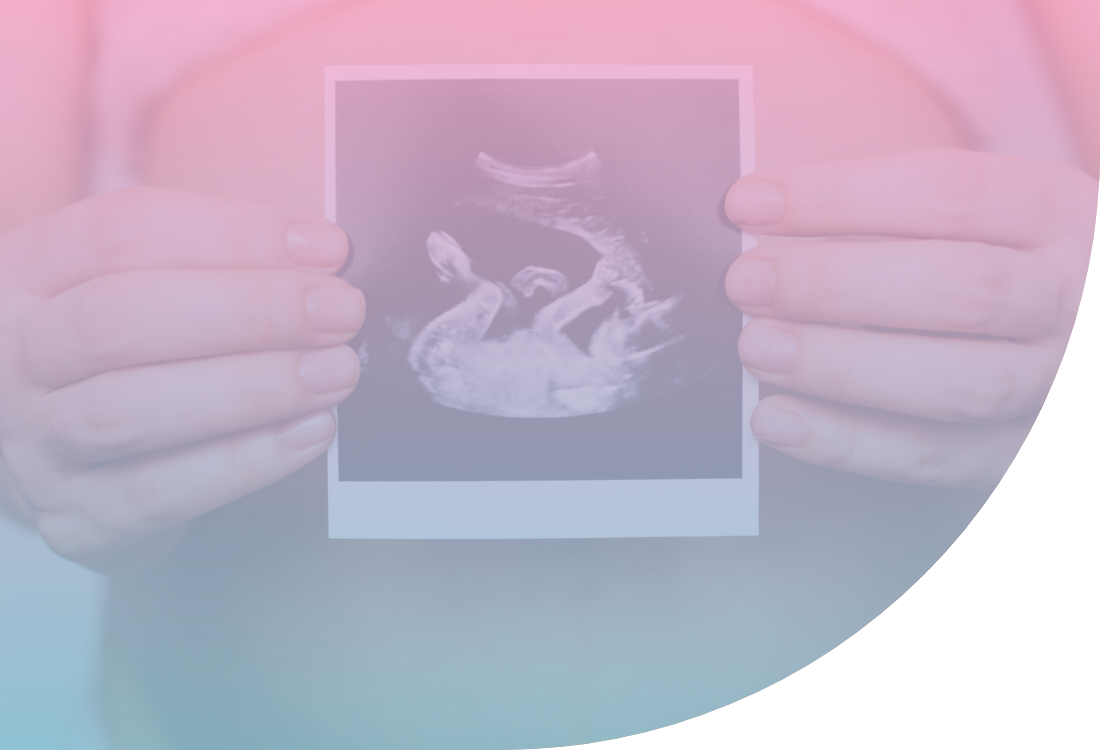At Embryowish, we offer modern fertility treatments in Athens, tailored to every couple’s or woman’s needs. Specializing in infertility treatments and advanced IVF treatments in Greece, our team is here to guide you with expertise and care. Discover all available options and choose the fertility treatment that suits you best.
Intrauterine Insemination (IUI)
Intrauterine insemination (IUI) is often recommended as the first treatment option before proceeding to in vitro fertilization (IVF). For IUI to be considered, certain important conditions must be met. The woman’s fallopian tubes must be open and healthy, she should be under 37 years old, and her hormone levels must be normal. Additionally, her partner’s sperm should either be normal or have only mild to moderate quality issues.
Factors for Successful IUI
The chances of success with IUI depend on several factors:
– Accurate Assessment: Proper evaluation of the couple by the fertility team.
– Cycle Monitoring: Careful ultrasound monitoring of the woman’s menstrual cycle.
– Sperm Quality: A high sperm count (more than 2 million motile sperm) is crucial.
Types of Intrauterine Insemination
There are two types of IUI:
– Homologous Insemination: Uses the partner’s sperm, with a success rate of 10-15%.
– Heterologous Insemination: Uses donor sperm, with a higher success rate of around 25%.
In comparison, the chances of achieving pregnancy through natural conception do not exceed 18% per month.
The IUI Procedure
IUI is a painless and simple procedure. The sperm sample is “washed” and filtered to increase its concentration and quality. A thin and flexible catheter is inserted into the vagina and guided into the womb, where the sperm sample is then passed through the catheter directly into the uterus. The timing of the insemination is based on ovulation.
Natural vs. Stimulated Cycles
IUI can be performed during a natural menstrual cycle or during a stimulated cycle. In the case of a stimulated cycle, under the doctor’s instructions, a hormone injection of human chorionic gonadotropin (hCG) may be given to increase the number of eggs that mature. This synchronization with the insemination procedure can further increase the chances of success. It is important that the IUI procedure occurs a few hours before or after ovulation, as the egg remains viable for only 24 hours after ovulation. Typically, IUI is performed 36 hours after the hCG injection.
Safety and Success Rates
IUI is a safe procedure that does not require anesthesia and takes only a few minutes to complete. Women generally do not experience discomfort and can return to their daily routines and activities shortly afterward. IUI has higher success rates in women under the age of 37, while women over 40 years old are generally advised to consider alternative methods of conception.
